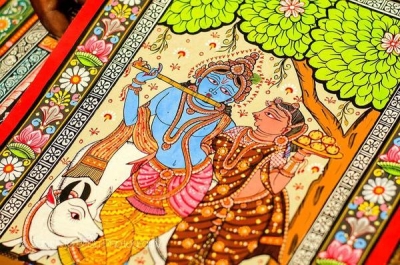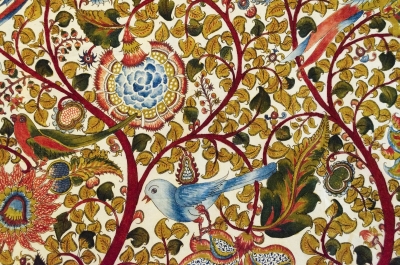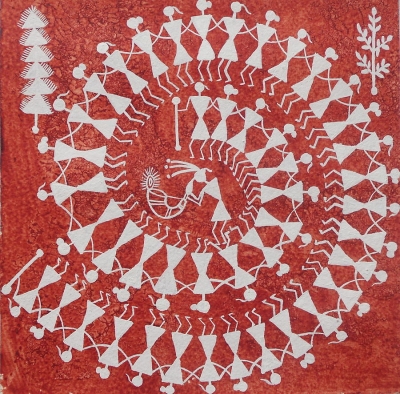Where is Pattachitra done?

This traditional art form from Odisha draws heavily from Indian mythology. Its name translates to "cloth" and "picture" and the base used for painting is integral to the art form. This painting technique originated in the Puri district of the State.
Pattachitra is a disciplined form of art and come with a set of rules and restrictions. A floral border is a must in Pattachitra paintings, and so is the use of natural colours, restricting them to a single tone. This creates a distinct look and feel that is typical to Pattachitra and cannot be replicated.
The lines are bold and clean, and sharp. Generally, there are no landscapes, perspectives, and distant views. All the incidents are seen in close juxtaposition. The Pattachitra style is a mix of both folk and classical elements.
With the passage of time, the art of Pattachitra has gone through a commendable transition and the chitrakars have painted on palm leaves and tussar silk. Pattachitra are now being painted on sarees, bags, wall hangings and even on showpieces. However, this kind of innovativeness has never proved to be a hindrance in their customary depiction of figures and the use of colours, which has remained intact throughout generations.
Credit : World Art Community
Picture Credit : Google

